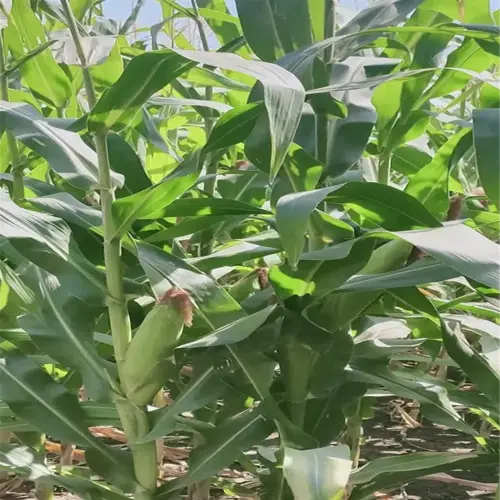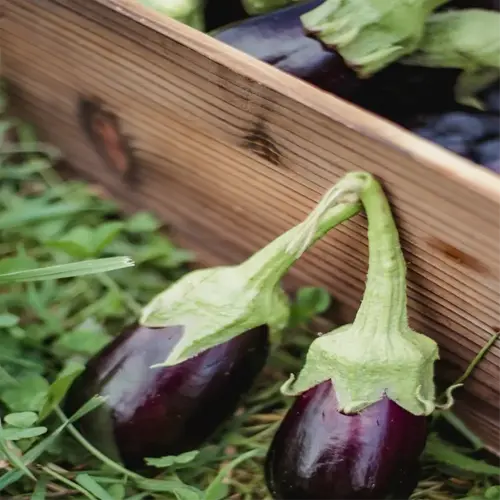Do fig trees need pruning?

Written by
Tina Carter
Reviewed by
Prof. Martin Thorne, Ph.D.Trimming fig trees is critical for productive crops. Upon simulating a similar process with my Brown Turkey fig tree, my yield doubled! Winter pruning is for dead or withered wood, while summer pinch cut is for redirecting energy towards fruit production. When without regular maintenance, trees develop a tangled mess and fungal problems, I learned that the hard way with my first diseased fig tree.
Winter Pruning
- Sanitize tools with 70% alcohol between cuts
- Remove branches rubbing against others
- Open canopy center for sunlight penetration
Summer Maintenance
- Pinch apical buds above 5th leaf node
- Remove suckers stealing energy from main branches
- Thin fruits to 4-6 per branch for larger size
Prevent over-pruning; do not prune more than 30% of your tree's growth in one year. My neighbor made the mistake of pruning aggressively one year--it took three seasons for the tree to recover and regain its shape. First, prune crossing branches, then inward-facing branches. For sprawling trees, seal large cuts with pruning paste to deter borers.
Proper tool maintenance and disinfecting prevents the spread of fungal diseases. I always dip my tools in a 1:9 bleach solution between trees. Sharp instrument blades make clean cuts, leading to faster healing. Always replace rusty tools, they are home to pathogens. My $30 pruning saw paid for itself in a couple of years with all the costly fungicide I did not have to use.
The timing of pruning impacts recovery. It is important to prune after frosts are no longer a risk, and before buds swell. Late pruning of stems can bleed sap and attract pests. In the fall cleanup, prune any diseased wood but do not prune any healthy wood. The Chicago Hardy survived -10°F / -23°C because it had intact branches left on it, which served as frost protection.
Read the full article: How to Grow Figs: Expert Tips for Thriving Trees

